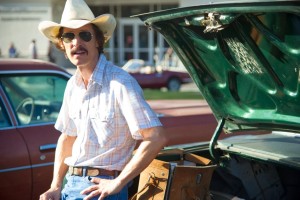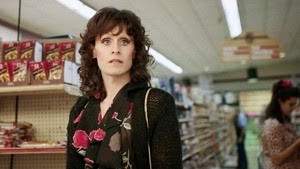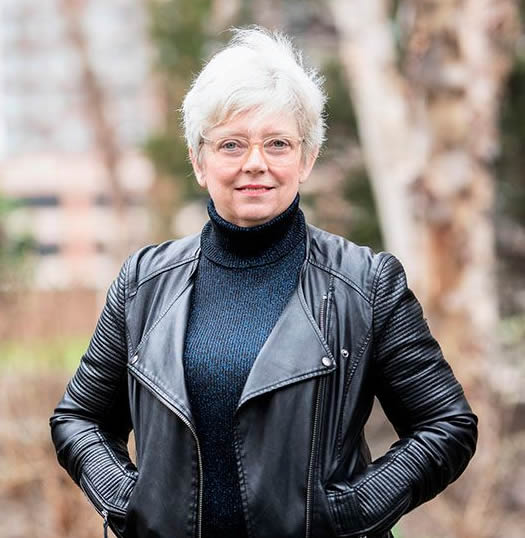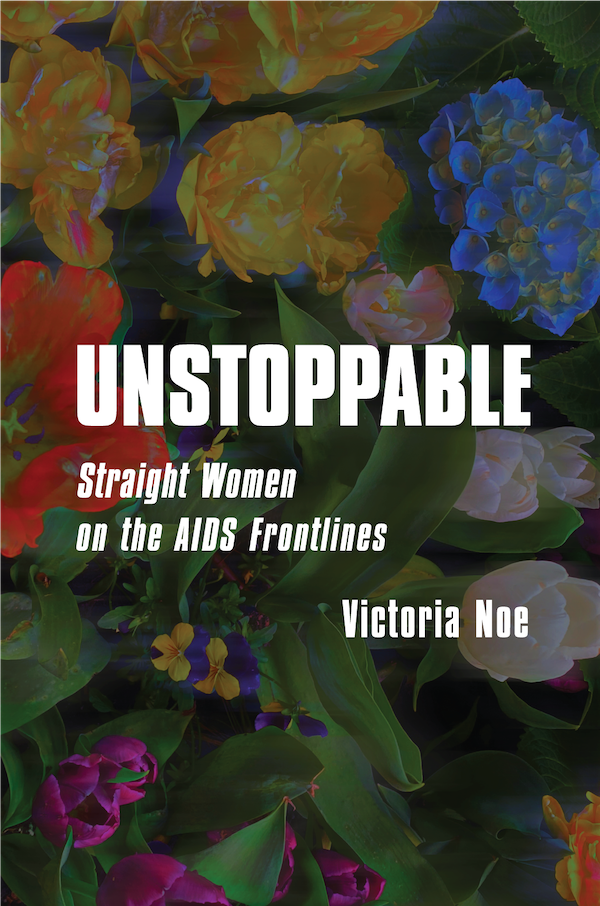"Dallas Buyers Club"
Oct 29, 2013 by Victoria Noe, in AIDS
, Dallas Buyers Club
, Friend Grief
, Grief
, HIV
, Jared Leto
, Matthew McConnaughey
 |
| Matthew McConaughey (Focus Features) |
To live.
We’ve just met Ron Woodroof, an electrician and rodeo cowboy, who seems to spend an equal amount of time getting drunk and having sex. Suddenly ill, he finds himself in the hospital, being told what was unthinkable for a straight man in 1985: he was HIV positive. “Get your affairs in order,” the doctor tells him. He doesn’t. Instead, his crash course in research about AIDS makes him the most unlikely – and initially, unlikeable - cinematic hero you will even encounter.
Based on a true story, Dallas Buyers Club recounts with great authenticity a moment in history. Rock Hudson had just died. Tens of thousands of non-celebrities had died of AIDS. ACT UP hadn’t been formed. It would be three years before President Reagan actually said the word “AIDS” out loud. It was five years into the epidemic, and there was no known effective drug to treat those who were infected. Most people still believed only gay men – and IV-drug users – were at risk.
Woodroof, played by Matthew McConaughey, is scammed by a hospital employee who for a time sold him AZT – only available to those in a clinical trial, and even then, only to those who weren’t unknowingly getting a placebo. But he refers Ron to a doctor in Mexico. There he finds alternatives to AZT not available in the US because they hadn’t been approved by the FDA. That didn’t mean they weren’t effective – just not approved (so they were technically illegal). But when given a month to live, those are details easily ignored.
 |
| Jared Leto (Focus Features) |
The AIDS epidemic made advocates of unlikely people, and Ron Woodroof was one of the most unlikely. He did not live 30 days. He lived seven years. Other buyer’s clubs sprang up in New York and San Francisco, among other cities, though they tended to be nonprofit organizations. There was nothing nonprofit about the Dallas Buyers Club. And Woodroof didn’t stop at Mexico. He traveled to Amsterdam and Tokyo and wherever there were drugs that could help him and his members.
To understand the panic, you have to realize the perfect storm of 1985. The FDA demanded clinical trials where half of the patients got placebos, effectively sentencing them to death. It could take ten years to work through the bureaucracy before approval. Only AZT was “available”, though there were other drugs (like those Woodroof acquired) that could be purchased over the counter in other countries. Once diagnosed, a 30-day life expectancy was not uncommon. Those known to have AIDS frequently were fired from their jobs and lost their homes, which happened to Woodroof.
I attended a screening with other members of ACT UP. None of us knew what to expect. But I found myself nodding my head at times: characters who were afraid to touch Ron, suspicion and misinformation, unsympathetic doctors more committed to drug money than their dying patients. I remembered it all too well.
Director Jean-Marc Vallee does a terrific job of taking us back to that moment in time: the irrational fears, the bigotry, the governmental indifference, the entrenched medical community. And his film confirmed something I said in my book: that the story of the AIDS epidemic would be about friendship. Ron and Rayon are the oddest of friends: joined by a health crisis that neither could’ve predicted, slowly putting aside their own prejudices to help themselves and others.
Matthew McConaughey and Jared Leto both give Oscar-worthy performances, and Jennifer Garner does well as a doctor who gradually comes around to Woodroof’s side.
Dallas Buyers Club is a powerful, deeply moving film that will move you and possibly offend you, too (especially if you don’t like hearing the F word). But it may be the most important movie of the year. It opens in select cities on November 1. Don’t miss it.
To watch a trailer or behind-the-scenes video of Dallas Buyers Club, click here.

